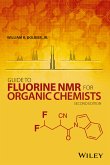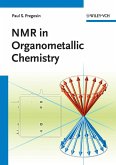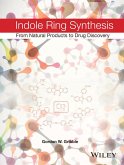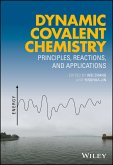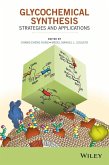Following its well-received predecessor, this book offers an essential guide to chemists for understanding fluorine in spectroscopy. With over 1000 compounds and 100 spectra, the second edition adds new data - featuring fluorine effects on nitrogen NMR, chemical shifts, and coupling constants. . Explains how to successfully incorporate fluorine into target molecules and utilize fluorine substituents to structurally characterize organic compounds . Includes new data on nitrogen NMR, focusing on N-15, to portray the influence of fluorine upon nitrogen NMR chemical shifts and coupling constants . Expands on each chapter from the first edition with additional data and updated discussion from recent findings . "The flawless ordering of material covered in this stand-alone volume is such that information can be found very easily." - Angewandte Chemie review of the first edition, 2010
Dieser Download kann aus rechtlichen Gründen nur mit Rechnungsadresse in D ausgeliefert werden.



